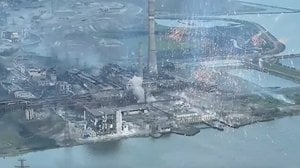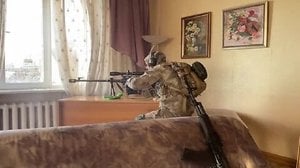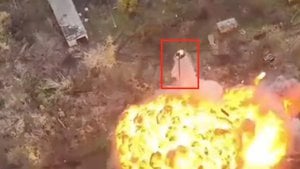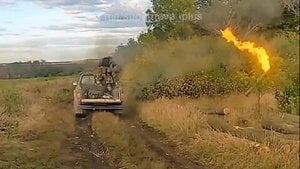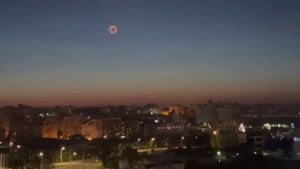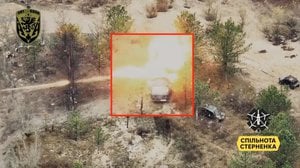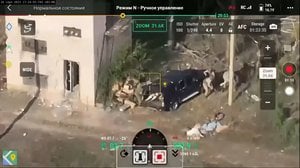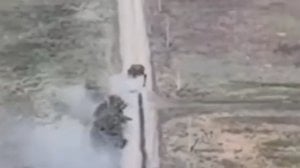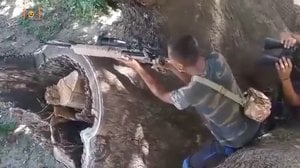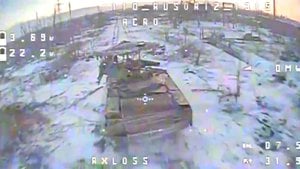
(NSFW) Russian Team Destroyed in Fighting Position
Published 2 months ago
A Russian infantry team in a large fighting position is destroyed by a Ukrainian FPV drone. The position is large and relatively well made, but it is not deep and it is difficult to tell whether it is part of a trench system. There is no overhead cover, which is ultimately the undoing of these soldiers. They see the drone and attempt to shelter in the far end of the position, but the drone finds and eliminates them. In past conflicts, trenches and fighting positions protected soldiers from direct fire weapons and minimized the effects of indirect fire weapons. Positions could be improved with overhead cover, or transformed into bunkers or pill boxes, to provide additional protection from incoming artillery and mortar shells. For an infantry commander facing enemy troops in defilade, grenade launchers, mortars, and artillery added a third dimension to the battlefield and could suppress defensing infantry so that assault troops could close with and destroy. The ability of FPV drones to loiter and to maneuver in and around obstacles has largely neutralized the effectiveness of traditional field fortifications. For a fighting position to be effective in the current operating environment, it must have overhead cover, camouflage, some form of screen to prevent drones from entering bunkers or pillboxes, and some form of active anti-drone defense, or the occupiers of that position will experience the same fate as these Russian soldiers.


